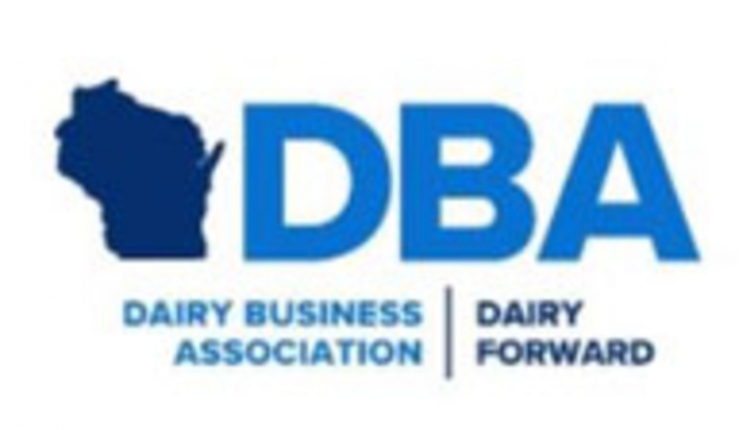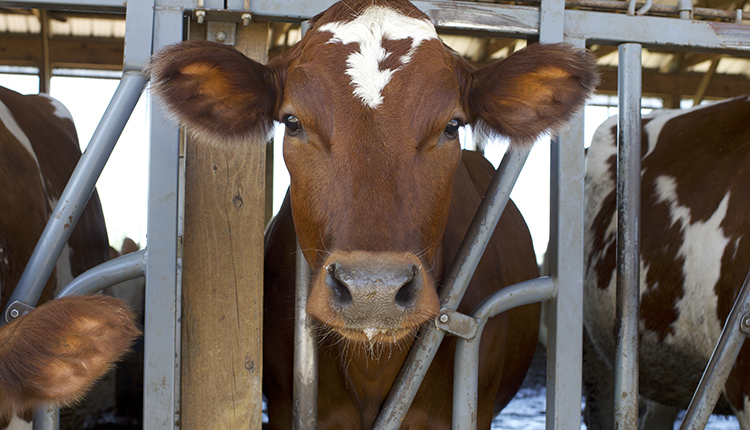
The blank spot on many dairy calendars this year — the one where World Dairy Expo is usually marked — offers yet another reminder that 2020 is very different. Normally, dairy producers, companies, organizations, and other dairy enthusiasts would typically come together at the beginning of October to exchange ideas related to knowledge, technology, commerce, and to compete in the various events. But this year’s Expo Week is just another five days of working through challenging new realities — and no one knows this more personally than farm workers.
In 2019, the National Dairy Farmers Assuring Responsible Management (FARM) Program made a decision to commission a nationwide survey to better understand current labor practices on U.S. dairies. Given the pandemic, that survey was even more timely than FARM realized at the time. Before the reports of COVID-19 outbreaks on farms, the survey identified how U.S. dairy farms are implementing human resources and safety best management practices. For example:
- Dairies participating in the survey offer over 13 hours of training per year on average, covering a wide breadth of content from general orientation to safety and job-specific technical skills.
- Surveyed dairies use a wide variety of methods and processes to ensure accurate employee pay. For example, 83% of dairy employees work on a farm that uses electronic time tracking.
- Surveyed dairies, weighted by number of employees, pay hourly workers an average of $13.90 per hour and salaried workers an average annual wage of $65,301, excluding any benefits like housing.
- The average dairy, on a weighted basis, offers employees 1.4 days off in a typical week. Dairies offer a wide variety of non-wage benefits, including paid vacation leave and housing or a housing allowance.
Dairy is a community
The research also revealed heartening news: Close to half of surveyed dairies take steps to provide their workers with a sense of community. They hold social events at work, keep employees informed of local events, and introduce workers to neighbors. Some even provide recreational facilities like soccer fields. In a year when a sense of community has been challenging to maintain, dairy farms across the country have been building it in their workforces.
While the world sets it sights on returning to normal, FARM and the National Milk Producers Federation (NMPF) continues to create materials and information that help farmers and their workers through these turbulent times. The NMPF Coronavirus Resource page offers pandemic-specific answers and guidance, while the FARM Worker Safety and Human Resources section has human resources templates and important safety guidance.
FARM is also expanding industry resources as part of FARM Workforce Development, the newest program area which was developed with farmers, academics, cooperative and processor staff, and other experts. FARM currently offers free producer resources and a second-party evaluation tool that helps dairies with labor-related best management practices. FARM will be developing additional valuable tools for farms in the upcoming months.
Even though the dairy community is unable to physically be together “where the industry meets” this year, the workers, producers, processors, and others have met each other where it counts — in resilience and gratitude.








